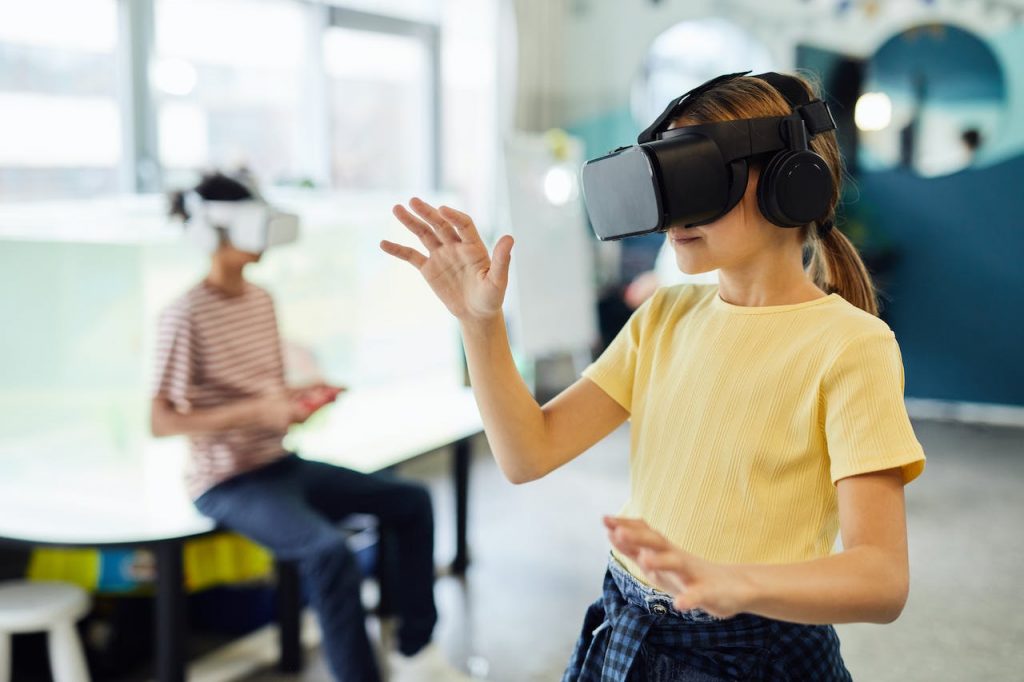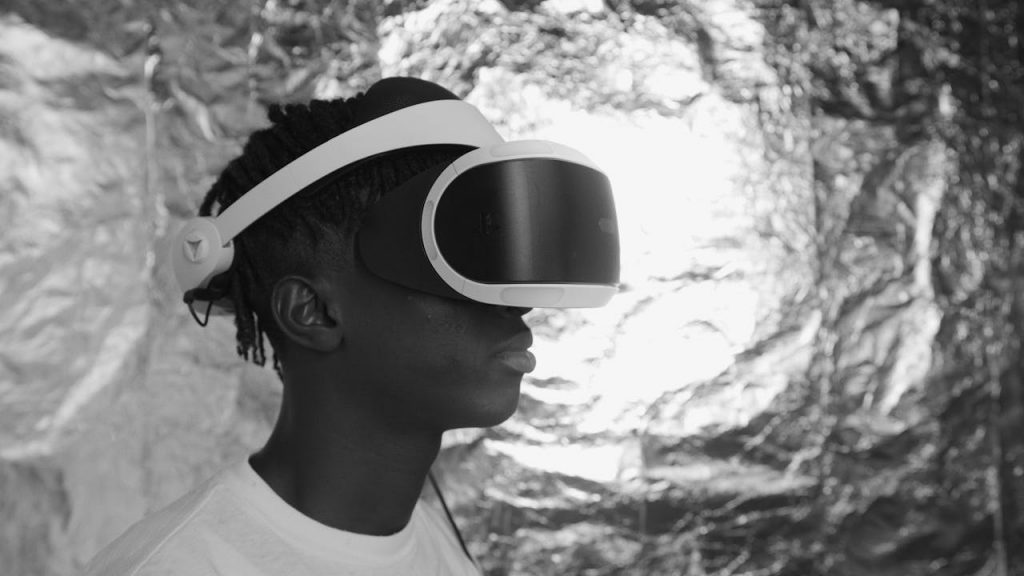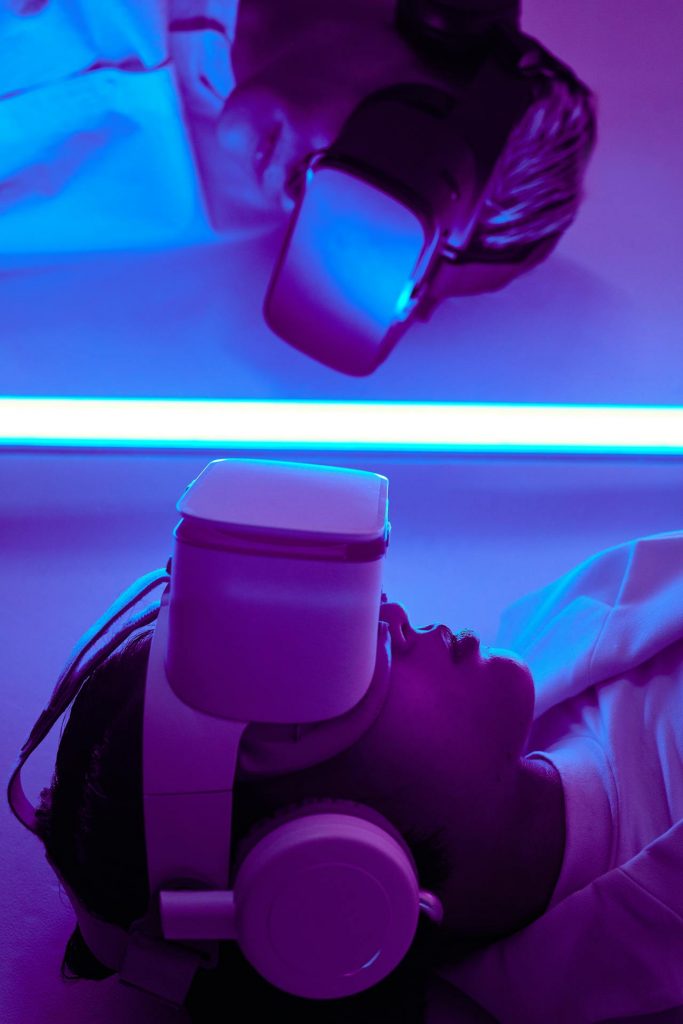Amanat Kaur
SEO Specialist who loves to write about SEO, blogging, and WordPress.
No one can deny that technology is now the driver of virtually every industry. It made it easy for people to complete...

Image Credits: pexels
No one can deny that technology is now the driver of virtually every industry. It made it easy for people to complete complex tasks to achieve the best outcomes. For example, hard steel materials can now be honed into precise tools, thanks to emerging technologies such as Computer Numerical control (CNC) machining. Artificial intelligence (AI) has now become part of human life.
The education sector has also embraced technology in its operations. Wearable devices have now become part and parcel of the education system. Both teachers and students are using them in the course of their learning activities. Examples of the wearable devices sweeping the education sector include:
These gadgets have a wide range of applications in education. For instance, they make it easy for students to make voice notes – something that wasn’t possible some years ago. How are these wearable devices transforming the education system? Let’s find out.

Wearable technologies have been essential in promoting how students engage with their lessons. Instructors usually devise educational schedules and then use wearable gadgets to share the information with the students. Tutors can get accurate information on potential deadlines and specific assignment timelines, enhancing the dissemination of clear communication.
Previously, it was common for students to complain that they weren’t informed of assignment deadlines, leading to a delay in assignment submission. Some even missed turning in their work, while others had to rely on a custom essay-writing service to get their papers done. Fortunately, wearable technologies ensure that information on task deadlines reaches every student promptly and accurately. It has resulted in the improvement of academic outcomes.
Also, wearable tech devices like Google Glass enable students to make the most out of distant learning. The glasses allow the sharing of lessons that are accompanied by practical illustrations. You can further send any questions you have to your instructors using the wearable technologies, and you will get the feedback fast. The enhanced student-teacher engagement is good for student’s education.
Education is supposed to be for everyone. However, that’s not always the case. For instance, those with visual problems have often found it difficult to comprehend complex subjects like mathematics, which require comprehension and application of formulas. Also, students suffering from conditions such as diabetes miss some class sessions as they have to test their blood sugar levels from time to time.
The wearables have made work easy for students, especially those suffering from the abovementioned conditions. For instance, those with diabetes can now use wearables like glucose monitoring sensors. Thus, they don’t have to miss any class.
Furthermore, students and teachers can record class lectures, enabling tutees who have missed classes to keep up with others. Many students have different engagements beyond the classwork, increasing the risk of missing important lessons. The recorded lectures from wearable tech devices ensure students don’t have to worry about missing a class because of their engagements.
Students learn differently – while some love visual illustrations, others prefer visuals accompanied by audio. When teachers tailor their teaching to suit individuals’ needs, the effectiveness and efficiency of teaching improves. Fortunately, wearable devices make this possible.
Some gadgets can track and analyze student data in real time. Analysis of the data provides insights into the learning patterns of individuals, including their strengths and weaknesses. The information assists teachers to tailor the teaching methods based on the unique needs of every student.
For example, smart glasses with AR technology provide real-time information like mathematical equations to a student’s vision. The personalized and interactive approach enhances a better understanding of the discussed subject.
Effective learning requires coordination between teachers and students. This coordination helps to develop a strong relationship between these parties. In the past, students and teachers had to meet face-to-face for effective learning to occur. With the advancement in technology, that is no longer the case.
Wearable gadgets enable teachers to conduct classes in real time without bringing all the students together under a single roof – coordinated remote learning is now a reality. Having an on-the-go session is convenient for students and has been made possible through wearables. These devices have made learning even more convenient for instructors and students as they can be worn all day.

Learning shouldn’t be just about explaining theoretical concepts to students. Tutees should comprehend that there is a relationship between what they learn in class and what exists in the real work. That can happen when teachers avail realistic illustrations during the learning process.
The revolution of virtual reality (VR) has transformed the learning process for both students and teachers. For example, VR headsets can help students explore different territories in their subject of interest. The headsets give you a better feel of former empires accompanied by a lot of information associated with their cultures.
You don’t have to leave the comfort of your classroom to learn – you explore different areas from wherever you are. The use of VR headsets also helps learn a new language. You master a new language faster when you hear how it’s spoken, and VR headsets can help with that. The best part is that you can use this device to learn any language you want in the comfort of your home.
A gadget like Muse, a brain-sensing headband that tracks the brain’s signals, helps parents better understand a child’s concentration in the classroom. It picks up important data points and presents a student’s reaction at a particular time. The information helps a teacher understand the instances when a child was keenly paying attention and when a child was distracted.
Using the Muse helps teachers devise ways of improving their engagement with their students to keep them active throughout the lecture. As a teacher, you might think that your students are concentrating and grasping knowledge, but in actual sense, they are not. The data from the Muse is a game changer to know whether the method of instruction you are using is effective or not.
Technology, and especially wearable devices, are tremendously transforming the educational sector. They improve student-teacher engagement, enhance the adoption of personalized teaching methods, improve evaluation, and inject fun into the learning process. Besides, they make education accessible to everyone. As new developments emerge, we expect more goodies from wearable tech.
“This blog is quickly becoming my go-to resource. Thanks for the great posts!”